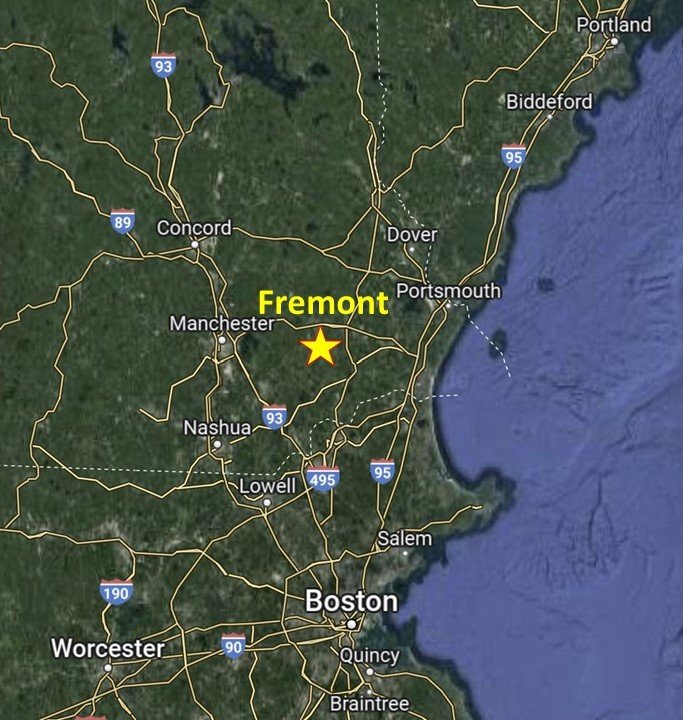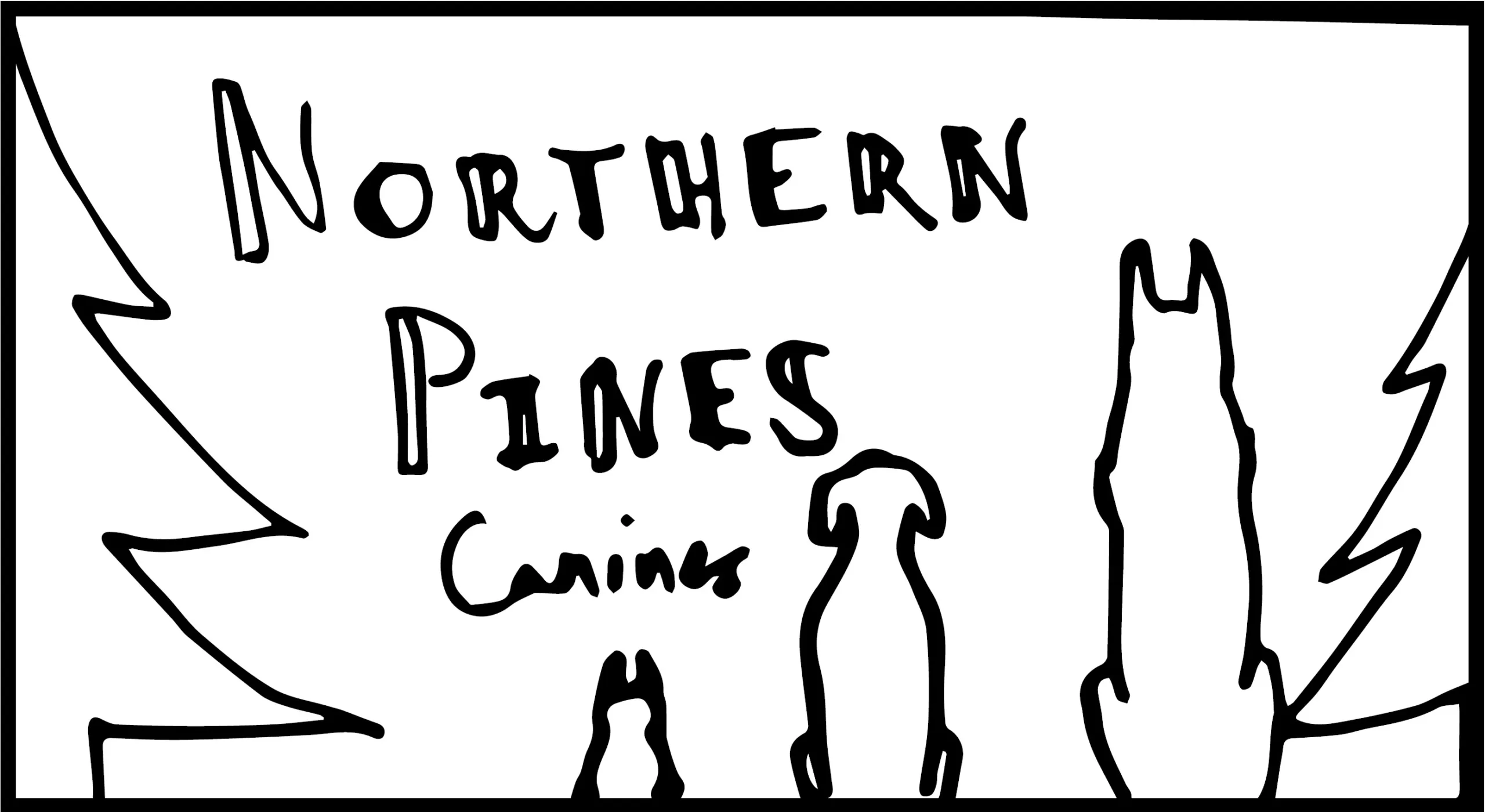Currier Farm
Dog Decisions
Veteran owned since 1770
Puppy Selection
Welcome back, fellow dog enthusiasts and future puppy parents! You’ve tuned in just in time for Part 3 of “From Pup to Protector,” where we dive into the nitty-gritty of puppy selection. When we describe character, the qualities we look for in working dogs are drive, resilience, and the ability to “cap” or control their combined physical and emotional energy.
Drive: The Need for Speed… and Tasks
Drive is the most primitive characteristic, the most visible, and the first to appear of the selection traits. Drive starts to appear from the day a puppy is born: the puppy who is first to feed among the litter, and later, the puppy who is first to climb out of the whelping box, as examples. When a puppy’s teeth are sufficiently developed, we begin testing prey drive to begin to asses innate desire to chase, catch, and later carry objects. Tenacious focus on task accomplishment, or “clear aggression”, is an additional drive that working dogs must possess to have the abilities necessary for their future working roles. When we see a puppy with the tenacity of a teething toddler on a mission, we know we’ve got a contender. This is the pup that takes on tasks with a gusto that says, “I was born for this.”
Resilience: Bouncing Back with a Wag
Resilience is one of the next traits we observe. This begins when puppies are hours or days old. We observe their ability to thrive and adapt to the environment, as littermates are born. As puppies become more mobile and develop their ability to hear and see, resiliency starts to show in their reactions to new stimuli like noise, light, and tactile feel. To hedge our bets against the nature versus nurture debate, we expose the entire litter to age-appropriate changes in stimulus to encourage development of resiliency while continuing to measure each pup’s ability to adapt and overcome. Resilience is key, and it’s not about how hard they fall (or tumble out of the whelping box), but how quickly they’re back on their paws, ready for the next adventure.
Capping: Cool, Calm, and Collected
The ability to cap can be the most challenging trait for the untrained eye to discern. Through careful observation, we note the puppies that have the genetic predisposition to cap and those that must be trained to do so. When we start basic obedience training (imprinting) with our puppies, we observe capping in the still and neutral position of the tail as opposed to wagging, as an example. More specifically, the still tail demonstrates the pup’s focused energy on the obedience task instead of bleeding unfocused energy in tail wagging. With dynamic tasks like detection work, “clearing” to refocus, by shaking out stray energy, is another behavior we look for in selecting working dogs. We often say, “drive is only as useful as the ability to control and focus it.” While a wagging tail is cute, capping is what separates the professionals in the world of working dogs.
It’s important to note that puppies grow and mature, physically and mentally, at different rates, so selection is a continuous process as a puppy develops to the limit of its genetic potential. Selection is relative to the role that the working dog will fulfill from family dog to first responder. Most dogs possess at least one or more of these traits to varying degrees in some situations. Working dogs must possess all of these traits and demonstrate predictable behavior with reliable performance in all situations.
Join us in our next installment, where we’ll discuss a puppy’s development into a working dog!
Signing Off: Northern Pines Canines – Where every pup has a tale, and every tale has a beginning.
Coming Up Next
Contact Us Today

Get IN touch
ops@npk9.com
603-696-4856
Fremont, New Hampshire
Visit Us
We are an hour north of Boston, MA, 45 minutes west of Kittery, ME, and halfway between Manchester, NH and the coast. Send us an email to coordinate a visit.

